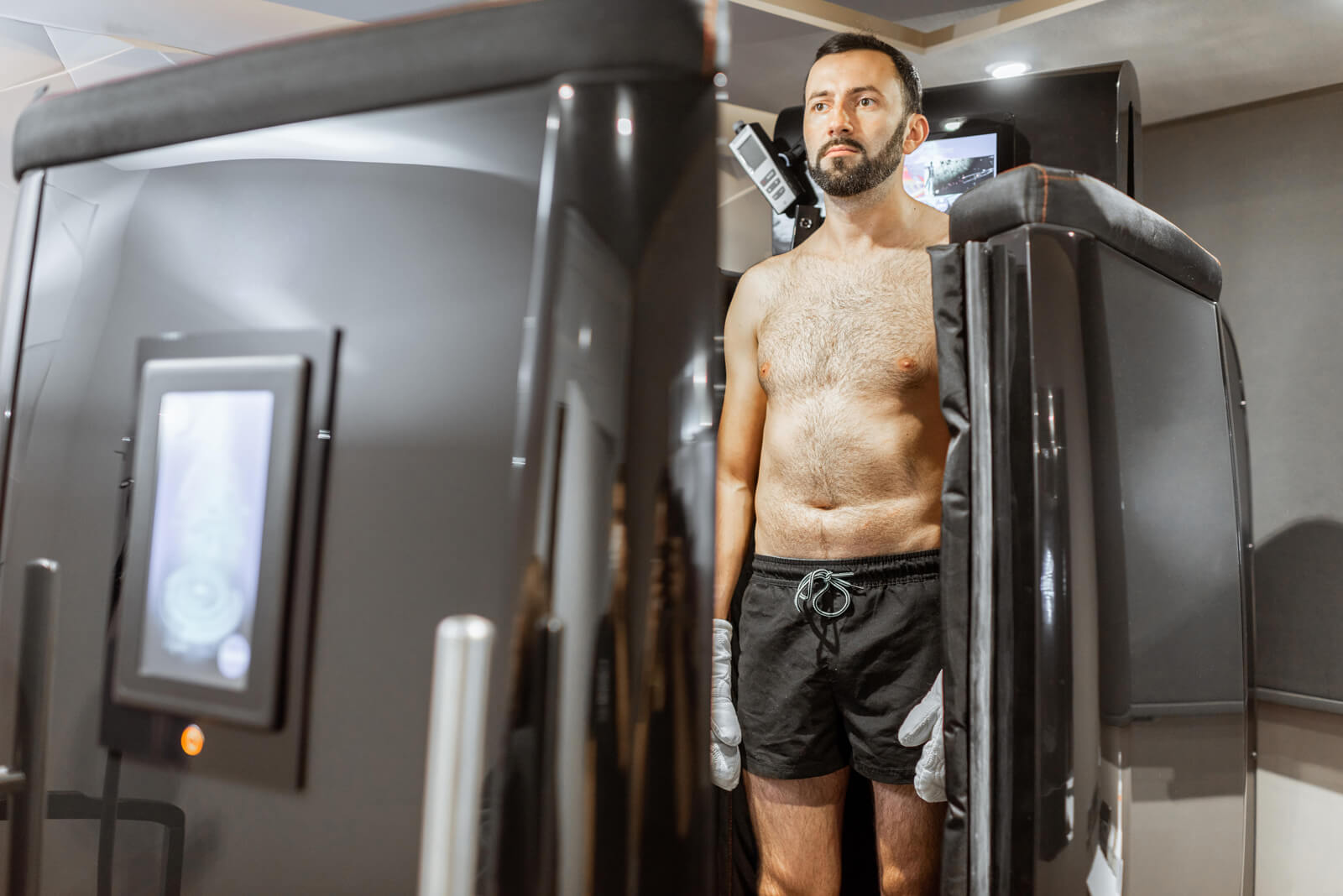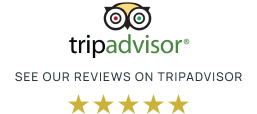It is normal for the prostate to grow during puberty until it’s the size of a walnut. It then again slowly grows around age 25. Prostate growth isn’t the same for all men.
About one out of five men between the ages of 50 to 60 men have an enlarged prostate, benign prostatic hyperplasia (BPH), and it’s even more common in older men. Symptoms can range from frequent urination - especially at night, difficulty postponing urination, straining when urinating, dripping and leaking after urinating as well as feeling as if the bladder is not empty after urinating.
Other common prostate problems include prostatitis (inflammation or infection that often leads to pain, swelling, and other general health problems), and prostate cancer.
What is the cause of BPH?
Hormonal changes throughout the aging process appear to play a role in prostate enlargement. Androgens, like testosterone, are converted into dihydrotestosterone (DHT), another powerful androgen in the prostate gland. DHT stimulates cell growth in the tissues that line the prostate. This is the main cause of an enlarged prostate and it commonly occurs between puberty and young adulthood.
The estrogen present in men may also play a role in prostate enlargement. As men age and testosterone drops, their proportion of estrogen increases may trigger prostate growth. Deteriorating blood vessels and zinc deficiency can play a role as well.
Treating BPH
There are many conventional treatments available, like alpha blockers, 5-alpha reductase inhibitors (Avodart or Proscar), which have some side effects, and surgery.
Lifestyle Hacks for a Healthier Prostate:
- Limit or avoid alcohol and caffeine.
- Limit drinking fluids in the evening.
- Try to urinate at least once every three hours.
- Engage in physical activity.
- Kegel exercises can help strengthen pelvic floor muscles and can help control urination for men with prostate enlargement.
- Maintain a healthy weight.
Diet and Key Nutrients for a Healthier Prostate:
- Increase omega-‐3 foods, like wild caught fish, to reduce prostate inflammation.
- Increase tomato intake (especially cooked tomatoes) which contain lycopene and other antioxidants, important for prostate health. (think red fruits and vegetables)
- Drink green tea to help promote detoxification and prostate health.
- Eat Brazil nuts to help increase immunity, reduce cancer risk and increase longevity.
- Eat vitamin D containing foods like sardines, salmon, mackerel, eggs, and mushrooms. Get some sunlight too.
- Use fresh rosemary and thyme which contain a load of anti-inflammatory anti-oxidants.
- Eat pumpkin seeds and pumpkin seed oil to help decrease inflammation and immunity by way of carotenoids (phytochemical) and zinc.
- Use of stinging nettle may help suppress prostate-‐cell metabolism and growth. (brew as tea, use in soups or saute)
- Saw palmetto to help improve overactive bladder in BPH.
- Pygeum appears to help reduce symptoms such as increased urine volume, flow rate and night time wake ups due to overactive bladder.
- Beta-‐sitosterol can relieve urinary symptoms of BPH, including the strength of urine flow.
Prostate Precautions:
Decongestants and anti-histamines can worsen urinary symptoms by preventing muscles in the prostates and bladder neck from relaxing and allowing urine to flow freely.
High calcium, high meat intake is linked to a greater risk of prostate cancer.






